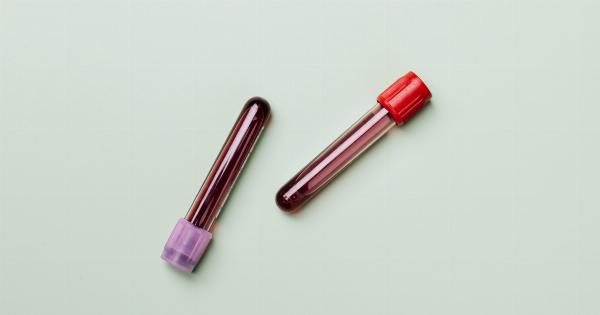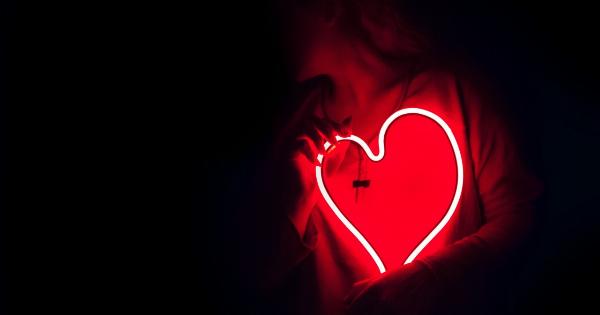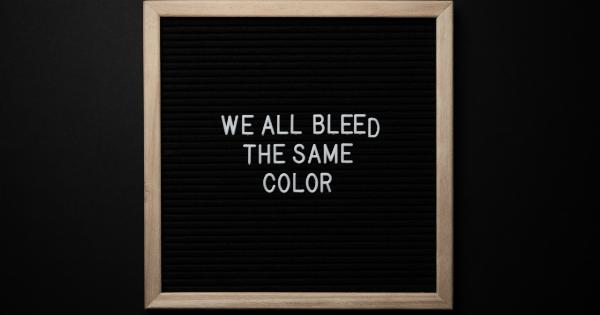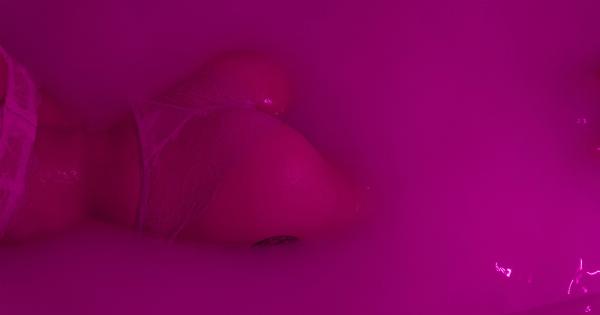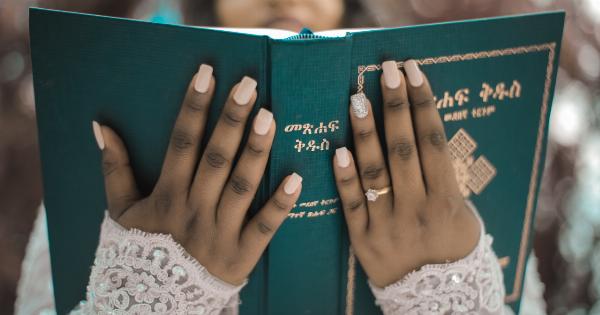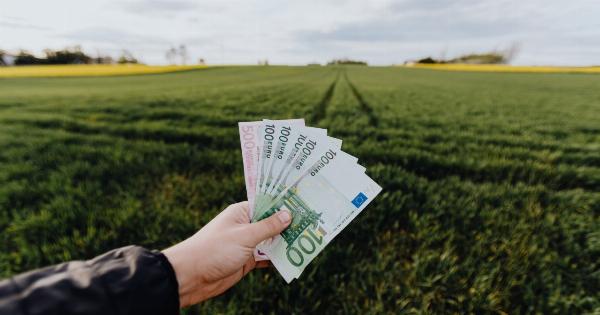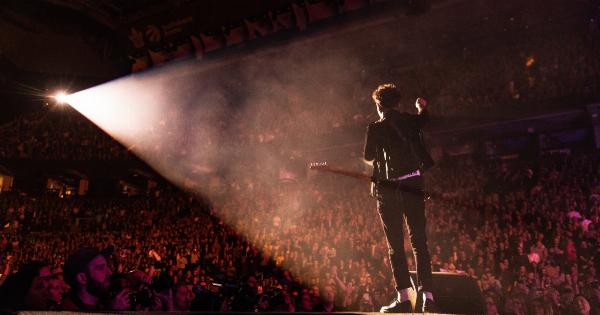Colors are just beautiful and extraordinarily influential on human emotions and feelings. From a psychological perspective, colors have an enormous impact on how individuals perceive their surroundings.
They have been widely used in various aspects of life, from fashion, art, marketing, to psychology. Different colors represent different moods and emotions. However, some colors are much more than just a symbol or a mood. One color that is most associated with desire and passion is Red.
The Color Red and Its Significance
Red is the color of love, passion, desire, and romance. It is one of the most powerful colors in the spectrum, and it can trigger strong emotional responses in people.
The color red stimulates and excites the senses, raising heart rates and blood pressure. It’s no surprise that red is often used to symbolize love, romance, and desire.
Red is associated with strong emotions, deep love, and warm feelings.
The color has been used in many aspects of life as a symbol of love: red roses on Valentine’s day, a red heart-shaped box of chocolates, a red dress worn by women to impress their loved ones, and the list goes on. It is an attention-grabbing color, and it is often used in advertising to create a sense of urgency or to draw attention to a product.
Red in Fashion
Red has always been a popular color in fashion. From red lipstick to red high heels, the color has been used to evoke feelings of passion and desire. Red is a bold and daring color, and it can make a strong impact when used in fashion.
Many women, especially during special occasions, choose to wear red dresses to make a statement. Red has a timeless elegance that can also convey power, confidence, and courage.
Red in Marketing
Red is one of the most used colors in marketing. It is a color that can capture people’s attention and is often associated with urgency, excitement, and passion.
Think of fast-food chains like McDonald’s, KFC, and Pizza Hut, all of them use red in their logos and branding. Red can also be used to create a sense of urgency, for example, the red clearance sales signs in stores.
The color red is also used in branding to evoke strong emotions and create a sense of trust. Companies that want to create a feeling of excitement and urgency might use the color more in their advertising.
Brands that want to project power, like Coca-Cola, use the color in their branding to create a sense of confidence.
Red in Art
Red is a popular color in art. It can evoke strong emotions and signify hidden messages. Think of the Red Room in Jane Eyre by Charlotte Bronte.
The red room is a symbol of the gothic romanticism of the era, where the color red corresponds to the character’s passions and experiences. In the world of art, red is often used to create a sense of drama, power, or passion.
Red and its Variations
The color red has many variations, such as scarlet, crimson, maroon, and rose. Each variation adds its own unique quality to the color and can evoke different emotions and moods.
Scarlet is a brighter and bolder shade of red, often associated with luxury and passion. It is a popular color in fashion and art.
Crimson is a dark red color, often associated with royalty and nobility. It is a dramatic color that can create a sense of power and control.
Maroon is a deep, rich red color that is often associated with warmth and comfort. It is a popular color in interior design and can create a sense of elegance and sophistication.
Rose is a lighter shade of red, often associated with the sweetness and innocence of love.
The Other Side of the Red Color
While red is associated with love, passion, and desire, it also has a negative side. The color red can trigger feelings of anger, aggression, and dominance. It can also signify danger, war, and blood.
Red is a color that can have both positive and negative attributes, depending on its context.
To sum up, the color red is a powerful symbol of passion, love, desire, and urgency. It is a color that captures attention, evokes strong emotions, and represents a range of themes, from fashion to art, marketing, and psychology.
It is a color that, when used appropriately, can have an enormous impact on human behavior and perception of events around them.


